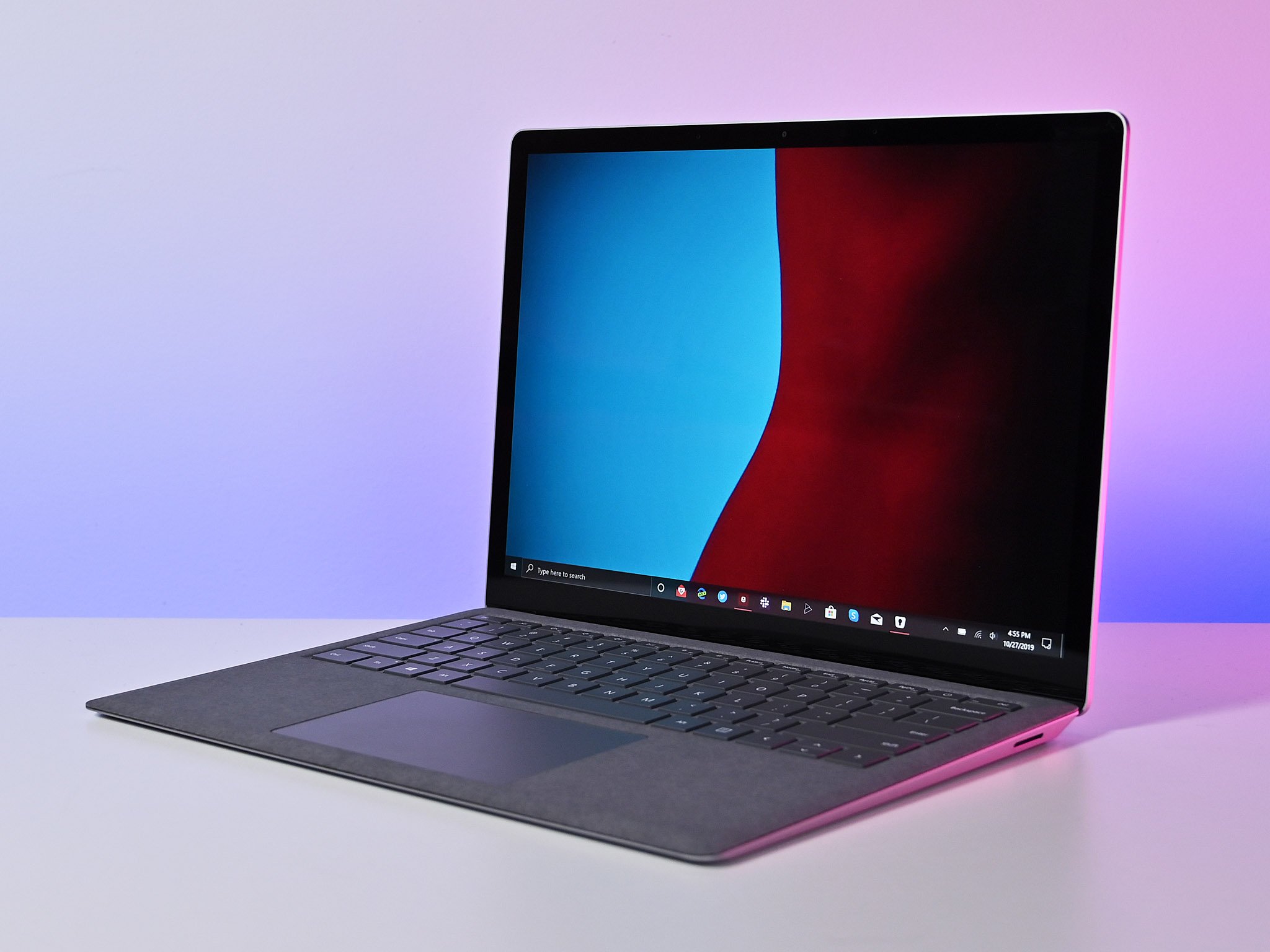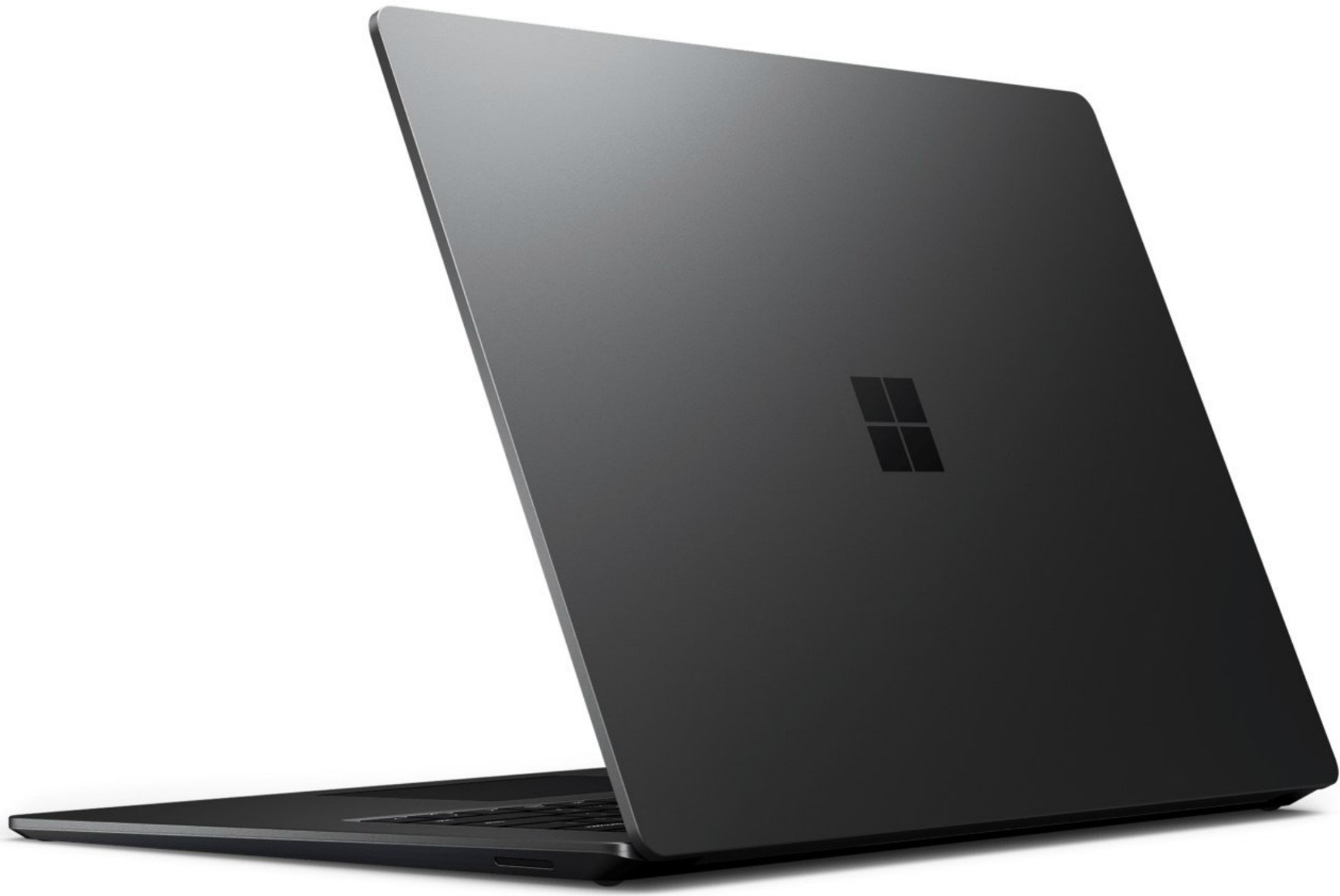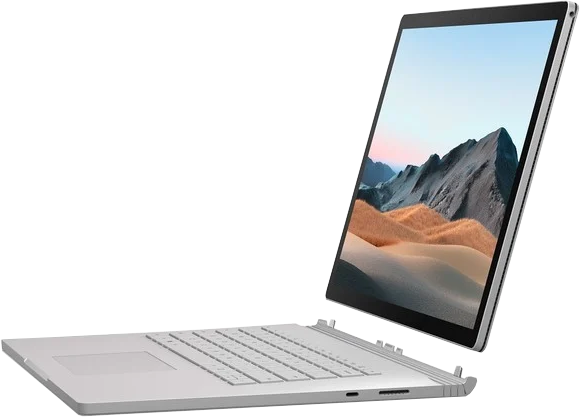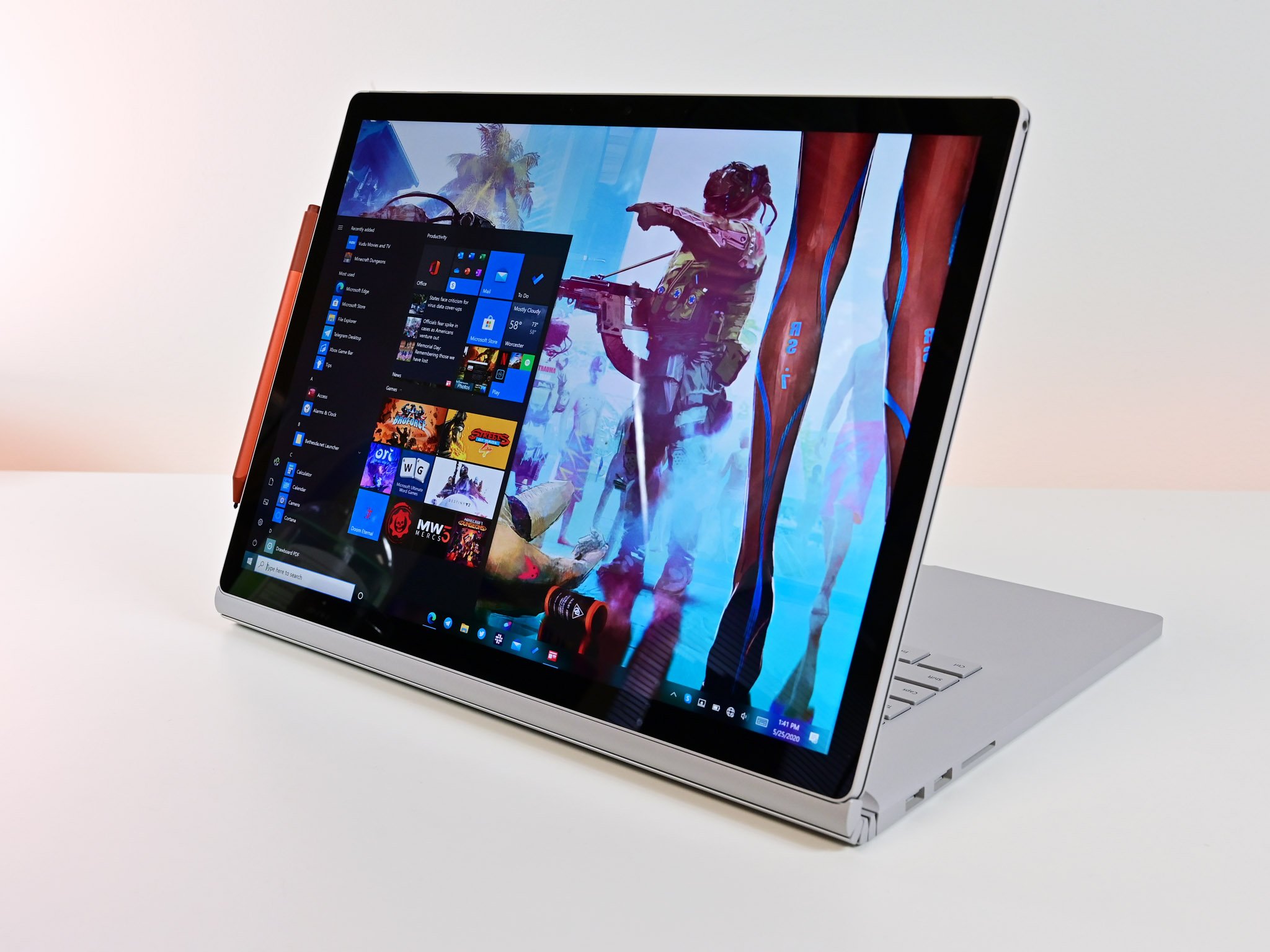Surface Laptop 3 vs Surface Book 3: Which is a better buy?


For everyone
The Surface Laptop 3 is the latest version of the Laptop line from Microsoft. It now comes in two sizes, uses the latest processors from Intel or AMD, has decent graphics power, great battery life, and, finally, USB-C without the need for a dongle.
For
- Two sizes
- Solid performance
- AMD and Intel processors
- USB-C
Against
- Lacks overall GPU power
- Less comfortable for inking

For power users
The Surface Book 3 comes rocking 10th Gen Intel processors, dedicated NVIDIA graphics, faster RAM and storage, as well as Wi-Fi 6 and better battery life. This makes it the most powerful Surface Book to-date. It's just not quite as portable or affordable as the Surface Pro 7.
For
- 10th Gen Intel Core "Ice Lake" CPUs
- Wi-Fi 6
- Perfect for inking
- Dedicated GPU options
Against
- Intel graphics version a little underwhelming
- More expensive
Even though both of these are Microsoft Surface products, they're really targeted at totally different buyers. The Surface Laptop 3 is the best all-rounder, offering a similar experience and sublime hardware but at a lower price and without the sheer horsepower on offer in the Surface Book 3. The latter, however, comes into its own in the power user crowd, but both are among consideration for the best Windows laptop right now.
Surface Book 3 vs. Surface Pro 7: tech specs


| Header Cell - Column 0 | Surface Book 3 | Surface Laptop 3 |
|---|---|---|
| Processor | 10th Gen Intel i5-1035G710th Gen Intel Core i7-1065G7 | 10th Gen Intel Core i5 or i7 (13-inch)AMD Ryzen 5 or Ryzen 7 (15-inch) |
| RAM | 8GB LPDDR4x16GB LPDDR4x32GB LPDDR4x | 8GB, 16GB, or 32GB LPDDR4x |
| Storage | 256GB512GB1TB2TB | 128GB, 256GB, 512GB, 1TB SSD (replaceable) |
| Display size | 13.5 inches15 inchesTouch | 13.5 inches15 inchesTouch |
| Display resolution | 3000x2000 (267 PPI)3240x2160 (260 PPI) | 2,256 x 1,504 |
| Aspect ratio | 3:2 | 3:2 |
| Graphics | Intel Iris PlusGeForce GTX 1650 (Max-Q)GeForce GTX 1660 Ti (Max-Q)NVIDIA Quadro RTX 3000 | Intel Iris PlusAMD Radeon Vega 9AMD Radeon Vega 11 |
| Ports | Two USB Type-A 3.1 (Gen1)One USB Type-C w/ video, power in/out and USB 3.1 (Gen1) dataFull-size SDXC card reader (UHS-II)Headphone jack (3.5mm)Two Surface Connect ports (1 in tablet, 1 in keyboard base) | 1x USB-C, 1x USB-A, 1x Surface Connect, 3.5 mm headphone jack |
| Biometrics | IR camera | IR camera |
| Battery | 70Wh (13.5-inch), 80Wh (15-inch)Up to 17.5 hours | Up to 11.5 hours |
| Weight | 13.5-inch from 3.38 pounds (1.53kg)15-inch from 4.2 pounds (1.9kg) | Up to 2.79 lbs (13-inch)Up to 3.04lbs (15-inch) |
Where there are similarities
In several areas, these two laptops are quite similar. For one, both are available in two sizes, 13-inch and 15-inch, and both pack the high-quality design and all-metal build that we've come to know from Surface products.
Both, too, have high-resolution displays with both touch support and digital inking support, and both also support the optional Surface Dial add-on. Storage and RAM options are comparable across both, and where Intel CPUs are used, both are now on 10th Gen chips.
The port selection is also pretty equal, though you get a little extra on the Surface Book 3, but both now have USB-C in addition to the traditional Surface Connect port. So you can either use a regular USB-C dock or the first-party Surface Dock, along with any number of USB-C accessories.
The important differences

The differences are what should ultimately make the decision on which you should buy since it's here where the two take a different path and target a different kind of buyer.
The first big difference is that the Surface Book 3 has a detachable display and one that can fold around when it's attached to the keyboard base like a convertible. Not only is this perfect for consuming media, but you also have a tablet as well as a laptop. If you want something more portable, more mobile, and you don't need the keyboard, you can leave it at home.
The Surface Laptop 3 starts at nearly half the price of the Surface Book 3 right now.
The tablet also makes the Surface Book 3 much more useful with inking and the Surface Pen than the Surface Laptop 3. You can ink on it, the technology is built into the display, but since it's a traditional clamshell laptop design, it's much more awkward to use.
Get the Windows Central Newsletter
All the latest news, reviews, and guides for Windows and Xbox diehards.
Besides the versatility, the other significant difference is the sheer horsepower. If you're looking for GPU power be that for video editing, rendering, or even a touch of gaming here and there, then the Surface Book 3 is the obvious choice. The 15-inch Surface Laptop 3 has excellent integrated AMD graphics, but that simply doesn't compare to what's available in the Surface Book 3. For power users, this the right choice.
Away from the hardware, the pricing is important to consider, too. The Surface Laptop 3 currently starts at $800, that's half what you'll have to pay for the lowest priced Surface Book 3. That's a pretty massive saving, and if you're trying to keep your budget in check, then the Surface Laptop 3 is a wise choice.
Surface Laptop 3 is good for everyone
The Surface Laptop 3 is a superb all-rounder and is an easy recommendation to everyone. It's beautifully designed and made, more affordable than the Surface Book 3, and for general-purpose PC use, schoolwork, day to day use, it ticks all the boxes. It's got features more creative folks will enjoy, and unless you really need the GPU horsepower or a better inking experience, you won't be disappointed.

The Surface Laptop 3 is a good shout for anyone
The more traditional form factor and the lower price, in particular, make this the better choice for most people.
The power user's choice
The Surface Book 3 comes with a higher price but also more versatility and outright power. If you're not getting the dedicated NVIDIA graphics version, you're probably better off with a Surface Laptop 3. But if you fit that power userspace, where the extra performance will be beneficial to your work (or play), then the Surface Book 3 is the smart choice.

Richard Devine is a Managing Editor at Windows Central with over a decade of experience. A former Project Manager and long-term tech addict, he joined Mobile Nations in 2011 and has been found on Android Central and iMore as well as Windows Central. Currently, you'll find him steering the site's coverage of all manner of PC hardware and reviews. Find him on Mastodon at mstdn.social/@richdevine